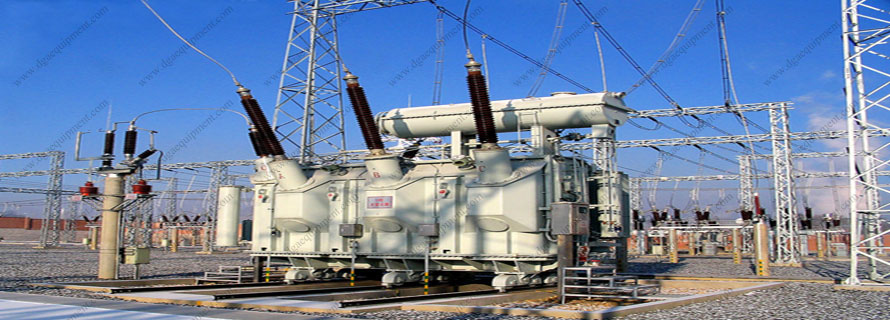Determine oxidation stability of steam turbine oils by rotating pressure vessel
Method A
5. Apparatus
5.1 Method A, Liquid Bath RPVOT - Oxidation Vessel, Glass Sample Container with Four-Hole PTFE Disk, Hold-Down Spring, Catalyst-Coil, Pressure Gauge, Thermometer, and Test Bath as described in Annex A1. The assembled apparatus is shown schematically in Fig. 1 and Fig. A1.6.
5.2 Method B, Dry Block Bath RPVOT - See Section 13 for this additional option.
6. Reagents and Materials
6.1 Purity of Reagents - Reagent grade chemicals shall be used in all tests in the final cleaning stages. Unless otherwise indicated, it is intended that all reagents conform to the specifications of the Committee on Analytical Reagents of the American Chemical Society where such specifications are available.5 Other grades may be used, provided it is first ascertained that the reagent is of sufficiently high purity to permit its use without lessening the accuracy of the determination.
6.2 Isopropyl Alcohol, reagent grade. (Warning - Flammable. Health hazard.)
6.3 Liquid Detergent.
6.4 n-Heptane, 99.0 minimum mol % (pure grade). (Warning - Flammable. Health hazard.)
6.5 Oxygen, 99.5 %, with pressure regulation to 620 kPa (90 psi, 6.2 bar). (Warning - Vigorously accelerates combustion.)
6.6 Potassium Hydroxide, Alcohol Solution (1 %) - Dissolve 12 g of potassium hydroxide (KOH) pellets in 1 L of the isopropyl alcohol. (Warning - Flammable. Health hazard.)
6.7 Silicone Carbide Abrasive Cloth, 100-grit with cloth backing.
6.8 Silicone Stopcock Grease.
6.9 Wire Catalyst, Electrolytic Copper Wire, 1.63 more or less 1 % mm (0.064 more or less 1 % in.) in diameter (No. 16 Imperial Standard Wire Gauge or No. 14 American Wire Gauge, 99.9 % purity, conforming to Specification B 1. Soft copper wire of an equivalent grade may also be used.
6.10 Acetone, reagent grade. (Warning - Flammable. Health hazard.)
6.11 Reagent Water, conforming to Specification D 1193, Type II.
7. Sampling
7.1 Samples for this test method can come from tanks, drums, small containers, or even operating equipment. Therefore, use the applicable apparatus and techniques described in Practice D 4057.



